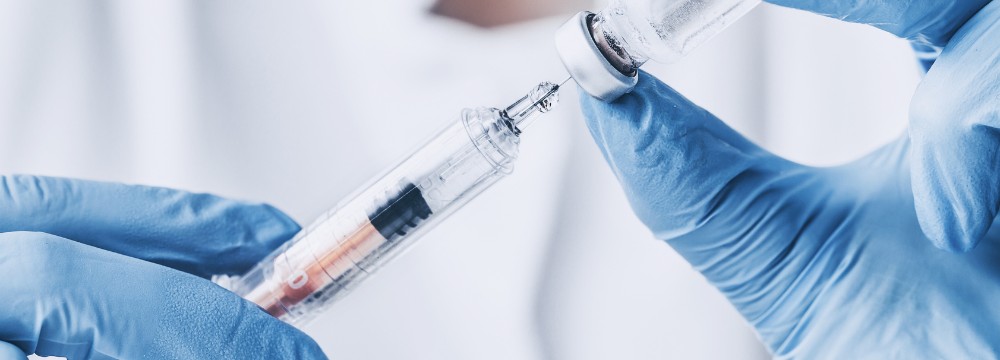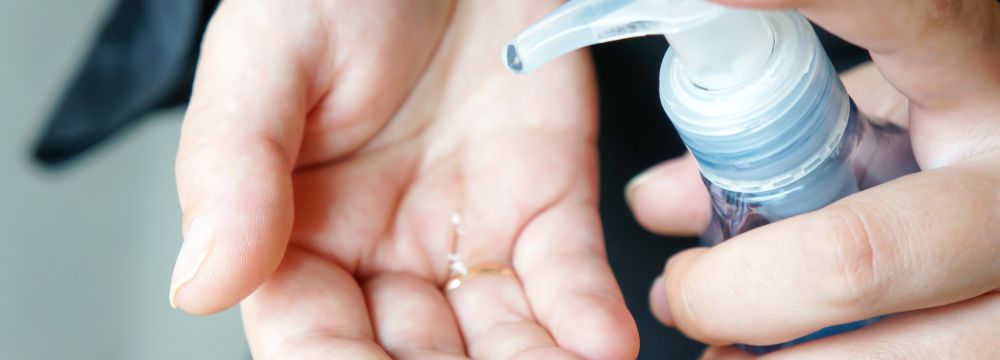
The four-hour erection, also known as priapism, on the surface, may sound like the pinnacle of masculinity, but in truth, it is an emergency that requires immediate care at a hospital. Priapism has many causes that we will briefly discuss, but for this article, we will focus on medical interventions for erectile dysfunction or ED and whether they increase the risk. The patient should be aware of this risk, but it’s also important to understand why it happens and when we should be on the lookout. Before we get into the various ED interventions and whether they caused priapism, it’s essential to understand why priapism is problematic.
The tissues in the penis are created specifically to absorb and ultimately fill with blood. This is what causes a firm erection. However, if the blood remains in these tissues for too long (typically over 4 hours), it can lead to the erectile tissue being deprived of oxygen, causing cell death, scarring, and permanent disability in the form of compromised erectile function.
The Two Types of Priapism
Ischemic or low flow priapism results from blood not leaving the penile tissue through the veins, often due to issues with the smooth erectile muscle in the penis. This is by far the most common type of priapism, which requires a visit to the emergency room. The blood trapped in the penis is eventually spent of oxygen, which deprives the penile tissue of this vital nourishment. In time, this causes the penile tissue to die. The main symptoms of ischemic priapism are an erection lasting more than four hours, an erection that remains without sexual stimulation, soft penile glans with a rigid shaft, and pain that gets worse over time.
There is a subtype of ischemic priapism known as stuttering priapism. This includes prolonged erections that happen over and over. This is rare and is mostly a concern for men with sickle cell disease. Stuttering priapism often begins in childhood and gets worse with time.
Nonischemic or high-flow priapism is a situation in which the arterial blood flow does not function normally. This is often caused by trauma, and penile tissue continues to receive oxygen, making it somewhat less emergent than ischemic priapism. While not an immediate emergency like ischemic priapism, only a qualified doctor can diagnose which form of priapism you have. Therefore, it’s important that if you have any erection lasting for more than four hours or an erection that is not caused by sexual interest or stimulation you get immediate care.
Causes of Priapism
Priapism has roots in many possible causes, including blood disorders like leukemia or sickle cell disease. Patients with these diseases are often given instructions by their hematologist on what to do if they experience priapism. Medications can also cause priapism. This is especially true for anti-depressants, alpha-blockers like Flomax for BPH, anxiety medications, blood thinners, hormone replacement therapy, and other mental health-related psychiatric medications, including those that treat ADHD. Alcohol and drug use, trauma to the penis or pelvic region, and even certain neurological and metabolic disorders can cause priapism.
However, priapism can also be caused by the injections we use to treat erectile dysfunction. This medication is known as trimix or quadmix, so named for the number of medications mixed for maximal effect. These medications are best described as rocket fuel for an erection. Men who no longer receive sufficient benefit from drug therapy like sildenafil/Viagra or tadalafil/Cialis often move on to these injections as they cause virtually immediate and very firm erections, at least for a time. That said, the major concern, albeit rare, is priapism. As such, patients need to be aware of any erection lasting more than four hours or occurring without sexual stimulation – physical or mental.
Can Ed Medications Cause Priapism?
Generally speaking, priapism is not a common side effect of ED medications, though there is a small risk with continued use of Viagra/sildenafil. There are confounding factors here, however, that are not well studied because of the rarity of the event. Is the patient taking too much sildenafil? What is the patient taking other drugs or injections that could have increased the risk of priapism? There are many variables.
That said, ED meds are exceptionally safe and effective in early early-stage erectile dysfunction. Most patients continue taking these medications until they are no longer effective without any significant side effects. Indeed, while Cialis and Viagra have their differences, one of their common traits is safety and efficacy.
The Bottom Line
Priapism is a significant concern and an emergency for patients who experience it. Despite the relatively rare nature of the condition, patients who use Trimix or Quadmix for erectile function are most at risk. Frontline ED interventions like medications are typically not associated with priapism, though there is a minimal risk.
The next step is to visit a qualified men’s health urologist like Dr. Natale to understand more about your options for treating erectile dysfunction. We look forward to a consultation at which point we can decide together what the best next step is, whether it be medication, injections, or even penile implants for severe erectile dysfunction.









